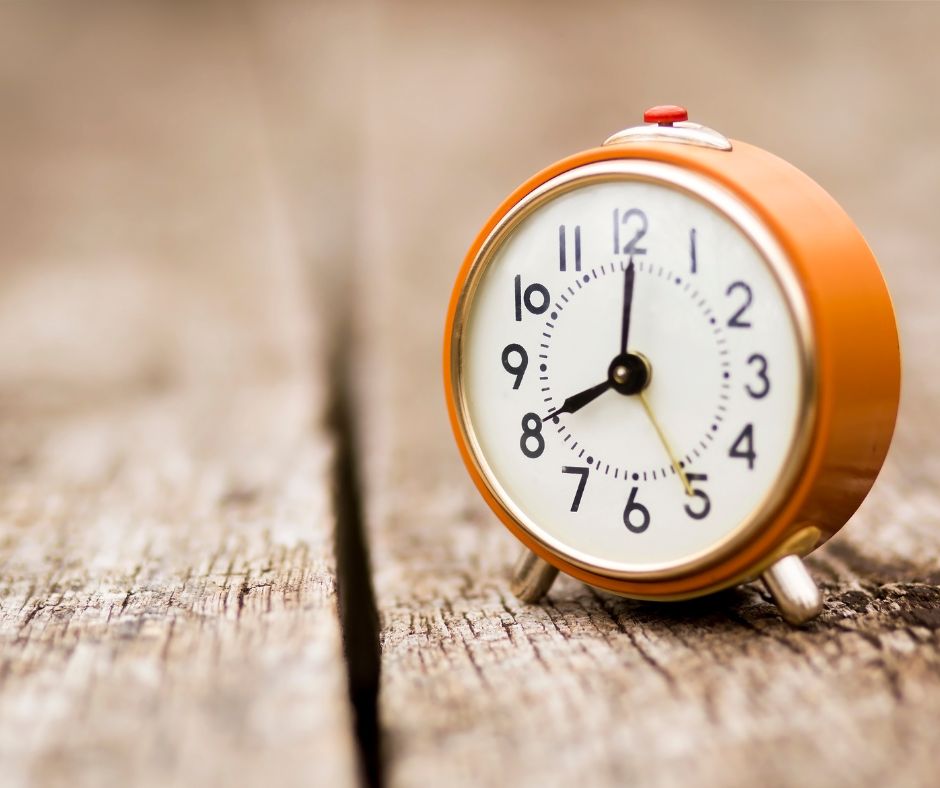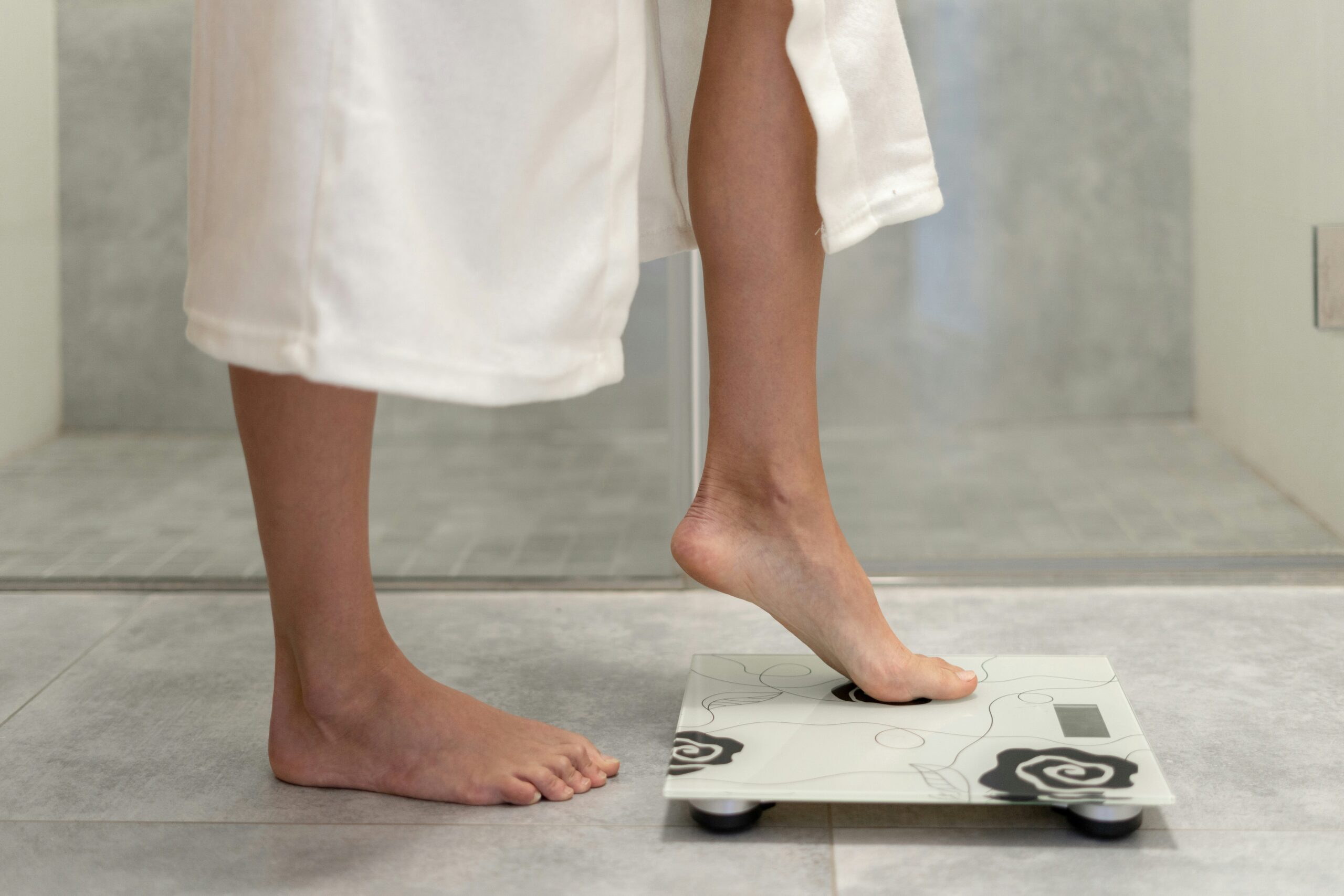One common issue that men worldwide face is losing their hair at some stage in their life. Many factors determine how much hair you are likely to lose, mostly genetic. But is there any treatment for hair loss?
What can you use Finasteride for? Among its other uses, Finasteride can be used to treat hair loss. The treatment works because the finasteride stops the conversion of testosterone into dihydrotestosterone. The hormone dihydrotestosterone shrinks some of your sensitive hair follicles, causing them to fall out eventually.
So, is Finasteride safe, or should you avoid it? Keep reading this article to find out all about it.
What Is Finasteride?
Finasteride is a prescription drug in tablet form. You can commonly find it under two brand names: Proscar and Propecia; however, you can find generic versions, which tend to lower costs.
It has two primary uses depending on which drug has been prescribed to you.
Proscar
This brand of the drug is used to treat the symptoms of an enlarged prostate. It’s either used by itself or in combination with other drugs.
Propecia
This brand of the drug is used to treat male pattern baldness or simply hair loss.
It works by decreasing a specific hormone, leading to an enlarged prostate or hair shrinking, then falling out. The two different brands have two different doses, depending on the medication.
How Much Finasteride Should You Take? (Dosage)
For hair loss, you need to take one 1mg tablet daily of Finasteride. You can take the tablet with or without food, and it’s best taken with water.
If you can take your tablet at the same time each day, you should, as this will build a routine. This will make it less likely to forget to take. It would be best if you never cut your tablets in half or cut down a larger tablet into a 1mg dose. It’s nearly impossible to get the correct dose, as cutting is too imprecise.
If you forget, take it whenever you remember. If you fail to remember until the next day, do not take two doses to compensate, this is dangerous.
But before you take your dose, you should always read the leaflet. Reading the leaflet will give you more information about the drug and the side effects that you are likely to experience.
If you are taking it for your prostate, the dose is 5mg daily.
If, while you are taking Finasteride, you experience any side effects, consult your doctor immediately.
Common Side Effects of Finasteride
Like every medicine, Finasteride can have many side effects. Not everyone will experience any side effects, although it’s always safer to assume you will be affected.
The common side effects of Finasteride are:
- Erectile Dysfunction – any problems getting or maintaining an erection and reduced interest in sex.
- Ejaculation issues – can be little to no semen ejaculated when orgasming.
These side effects occur in more than one in one hundred people and usually improve after a while. Consult your doctor if any of these side effects persist or fail to go away.
More severe side effects are rarer and occur in less than one in one thousand people and may become apparent after a few months of taking.
These are:
- a lump or painful swelling
- tenderness in the chest area
- discharge from the nipples
- Low mood or depression
You may experience what is called anaphylaxis, a severe allergic reaction in the worst-case scenario. You must consult your doctor about any of these side effects.
Call for immediate medical attention if you experience any of these symptoms:
- Skin rash
- Wheezing
- Tightness in chest or throat
- Trouble breathing or talking
- Swelling in the mouth, throat, lips, face, or tongue
Some side effects only occur when you have been taking Finasteride for a while, so even after months of taking the medication, be on the lookout for any abnormalities. Always consult your doctor if you are unsure about treatment.
How Long Do I Need To Take Finasteride?
You will need to take Finasteride to keep the hair that has regrown or stopped falling out. It would be best to take your tablets every day, and for however long your doctor has prescribed them to you.
If you are taking it for hair loss, the drug does not cure male pattern baldness but causes your scalp to grow new hair. You may not see results straight away, as it could take a few months to get into your system and start working.
Your new hair will only last as long as you are taking the drug. One year after you have stopped treatment, all the new hair will fall out.
If you are taking treatment using Finasteride, you may be asked for a blood test before using it. Many patients may see some pre-finasteride blood test benefits, as it will give your doctor a baseline of your PSA (Prostate-Specific Antigen).
You may want to get a blood test because Finasteride may interfere with the tests that detect cancer. It will always be a good idea to get an idea of what is going on before taking a new medicine.
If you have any concerns or would like some more information, consult your doctor. Your doctor will give you an accurate picture of your health and what is best for you.
Where Can I Buy Finasteride?
Currently, in the United States, you can only buy finasteride with a valid prescription from your healthcare/telemedicine provider. You can purchase 1mg finasteride tablets if you are looking for an oral medication. Other pharmaceutical-grade finasteride treatments include foam, gel, and liquid drops.
It’s essential to work with a hair care expert to help you find the most effective finasteride treatment. EVOLVE is the leader in hormone replacement therapy, with a team of experts who can provide the care your hair deserves. Are you ready to get your hair back? Schedule a call with Patient Care @EVOLVE to get started!
What Is a Pre-Finasteride Blood Test?
A comprehensive pre-finasteride blood test is similar to other hormone blood panels but focuses more on hair growth. You will find the main difference with the comprehensive pre-finasteride panel is the DHT panel. Dihydrotestosterone (DHT) is an androgen. An androgen is a sex hormone that contributes to the development of body hair. Having your DHT levels analyzed by a hormone expert is essential to receive the most effective hair loss treatment.
Alongside DHT, a comprehensive pre-finasteride blood panel also checks your levels of:
- total testosterone
- free testosterone
- estradiol (estrogen)
- luteinizing hormone (LH)
- follicle-stimulating hormone (FSH)
- dehydroepiandrosterone sulfate (DHEA-S)
- and more
The Connection Between DHT and Hair Loss
High levels of DHT can cause hair to grow out looking thinner and fall out faster. Oral finasteride blocks about 70% of DHT within the bloodstream, thus slowing down hair loss. Taking finasteride leads to a reduction in scalp and serum DHT levels. By lowering scalp levels of DHT, finasteride can maintain or increase the number of terminal hairs in the anagen phase by inhibiting and sometimes reversing miniaturization of the hair follicle.
Hair on the rest of the body is typically not affected by DHT medication.
Symptoms of Low DHT Levels Include:
- Erectile dysfunction
- Low libido
- Increased weight gain
- Gynecomastia
- Brain fog, difficulty concentrating
Conclusion
Finasteride may be a promising treatment for you if you struggle with either male pattern baldness or an enlarged prostate.
It’s generally safe to take long term, as many people have been taking it without experiencing any issues. There have been rare cases of men developing breast cancer when taking Finasteride, but they are not common. It also doesn’t increase your risk of prostate cancer either.
Make sure you speak to your doctor if you have any concerns or notice anything unusual after taking your tablets.






